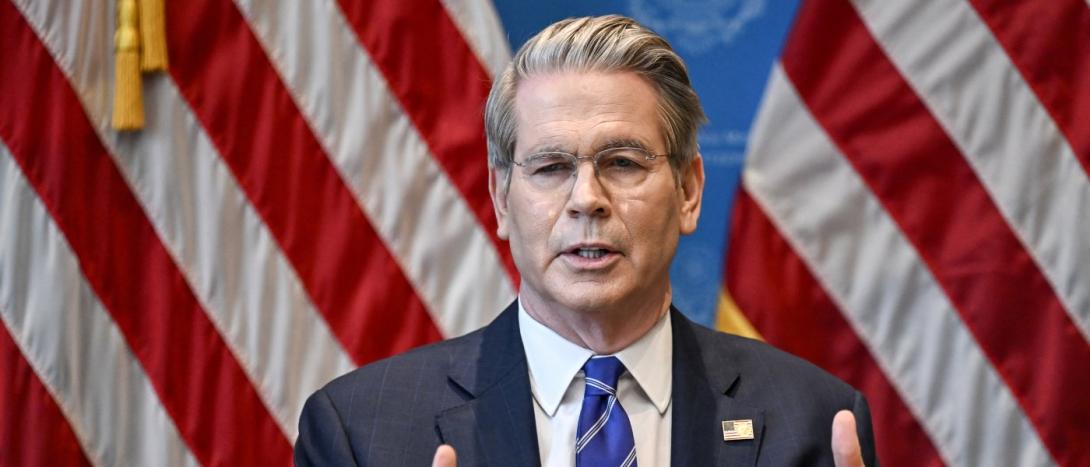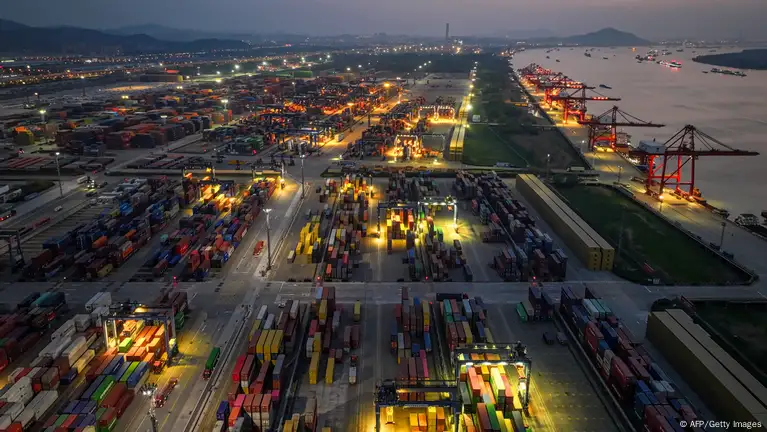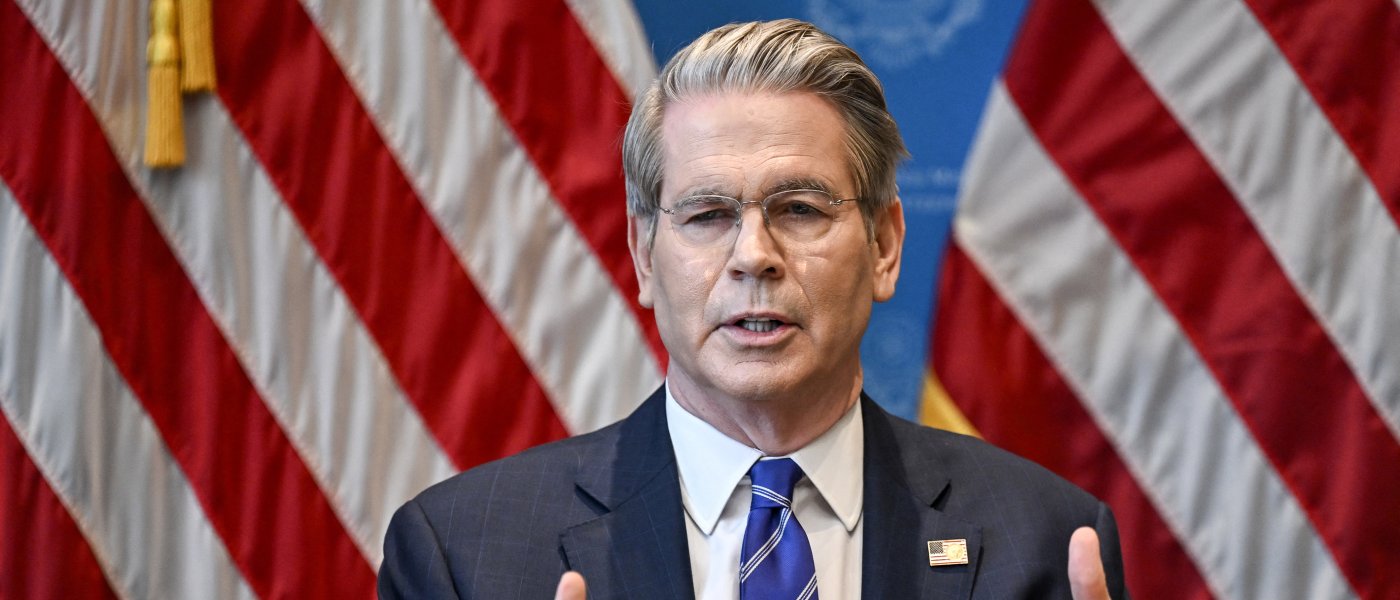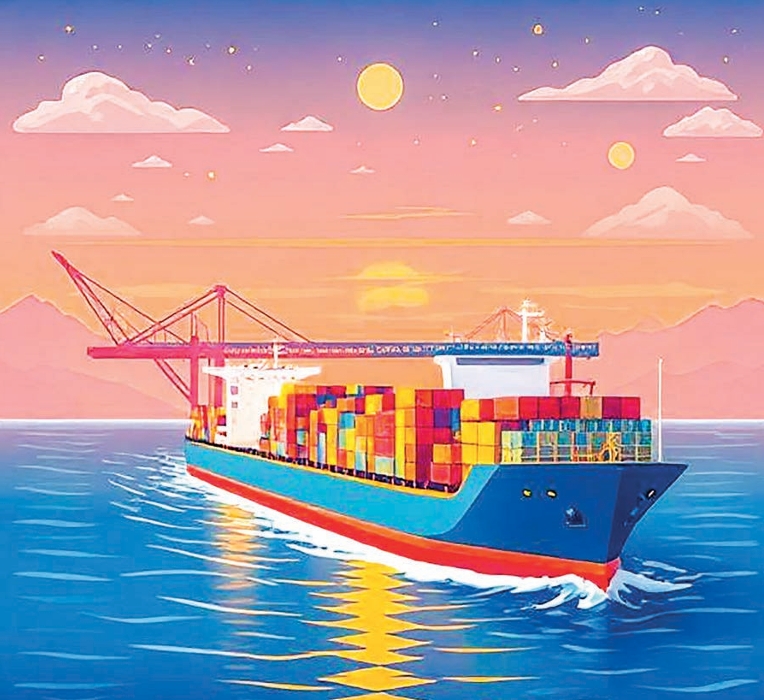“Understanding the Temporary De-Escalation of the US-China Trade War”
Posted_Date
Image

Body
On May 12, 2025, the Trump administration announced a mutual reduction in trade measures between the United States and China. This includes not only a reduction in tariffs—bringing U.S. rates down from 145 percent to 30 percent (which is on top of sectoral and Section 301 tariffs), and Chinese tariffs on U.S. goods from 125 percent to 10 percent—but also the relaxation of the critical minerals export restrictions China put in place following “Liberation Day.”
While many details remain unresolved, this tariff rollback marks a welcome step that could help ease inflation and bolster economic prospects. However, it does not undo the significant damage already inflicted by elevated costs, disrupted supply chains, heightened uncertainty, and weakened U.S. credibility with allies. The ongoing reliance on an erratic trade policy—marked by temporary fixes, strategic inconsistency, and persistent unpredictability—continues to undermine long-term economic resilience and U.S. global leadership, while imposing avoidable costs on consumers and businesses alike.
A Step in the Right Direction . . .
First things first: Tariffs are lower today than they were yesterday, and that is undeniably a positive step. Over the medium term, this reduction should help ease inflationary pressures in the United States, improve the odds of avoiding a recession, and support the capital investment needed to compete strategically with China. Compared to where things stood just 24 hours ago, this is real progress.
. . . But Damage Has Already Been Done
While the rollback is welcome, tariffs were set at punishing levels for more than a month. U.S. firms dependent on imports were either forced to absorb these elevated costs or delay purchases altogether. This caused immediate pain for businesses and consumers and set the stage for future price spikes, potential shortages, and in the long term, lower employment and output. Recent research underscores this point, finding that U.S. tariffs, especially those enacted on Liberation Day, will reduce real income in the United States by $300 billion annually by 2028.
Tariffs Are Still Too High
Even after the temporary rollback, U.S. tariffs remain well above what most economists consider welfare-maximizing levels. A recent report published by the National Bureau of Economic Research argues that the optimal tariff structure would involve lower rates overall and a reallocation away from intermediate goods. This structure would reduce costs for domestic producers, increase the competitiveness of U.S. products in global markets, and likely lead to higher productivity and higher wages here at home. Evidence suggests that fixing just this one inefficiency in the current tariff structure could raise income considerably.
As it stands, nearly 60 percent of Trump-era tariffs target inputs used by U.S. firms—not finished goods from strategic rivals. This distorts supply chains at home while offering little strategic advantage. Even post-reduction, many of these distortions persist.
The Uncertainty Tax on the Economy
Crucially, today’s rollback is not permanent. Despite statements about a “shared interest” in reducing trade barriers, both sides agreed only to another 90-day pause. Firms remain in limbo as they try to plan long-term sourcing and investment decisions. This stop-and-start approach continues to generate instability and uncertainty which acts as a deadweight on investment. Firms will be less willing to commit capital in the United States or China if the viability of the investment hinges on the unpredictable swings of tariff policy.
This fairly obvious point is backed up by academic literature, including Handley and Limão (2017), who demonstrate that trade policy uncertainty can hurt investment as much as actual tariffs. Volatility becomes a tax on planning, especially in capital-intensive sectors like automobiles, semiconductors, and advanced manufacturing.
Credibility Is Eroding—and That’s Dangerous
The administration warned that trade retaliation would carry consequences. But after China’s counter, it appears to have emerged with a lower effective tariff rate than it faced the morning of April 2. This sequence undermines the administration’s preferred posture that it can always “out-escalate” its way to victory in trade disputes. That proposition has now been disproven, and U.S. credibility is weaker for it.
Threat-based trade policy without consistency or follow-through is not just ineffective, it is counterproductive, which is detrimental to administration’s goals and risky for everyday Americans. What happens when the administration feels the need to regain credibility by following through on a threat—regardless of the consequences?
Favoring Adversaries, Alienating Allies
Beyond credibility, the administration is draining trust from longstanding allies. While the deal with the United Kingdom reduced the cost of Land Rovers and Jaguars for American consumers, it did little for broader working-class constituencies. Meanwhile, other allies are growing frustrated with what increasingly resembles economic coercion: “Deal with us or suffer.”
This approach imposes reputational costs and undermines long-term cooperation. Freund, Mattoo, Mulabdic, and Ruta (2023) find that as the United States and China weaponize trade ties, third countries have begun to hedge. Their analysis of post-2018 trade flows show growing “policy-driven divergence,” as supply chains shift based on perceived reliability, not efficiency.
Since 2018, Japan, South Korea, and the European Union have all expanded regional trade agreements—often without U.S. involvement. If the United States continues treating allies more harshly than competitors, that trend will only accelerate.
Two Truths at Once
Like many reversals from this administration, today’s tariff cut requires accepting two truths at once. First, it is a necessary and overdue correction to a damaging policy. Second, the costs of the reversal—higher inflation, weaker investment, and strained alliances—are still unfolding.
The evidence increasingly tells a consistent story: Politically motivated tariff shocks may serve short-term goals, but they weaken long-term economic resilience, degrade institutions, and undermine U.S. global leadership. The price of unpredictability is high—and rising.
Consider the Consumer
Hopefully, this rollback signals something else: The administration may be remembering the importance of the American consumer. Since April 2, there has been a worrying drumbeat of rhetoric portraying the American people solely as producers of physical goods—implying there is no need to worry about who is able to consume them.
That message is hard to reconcile with the administration’s own campaign promises. But this change in course is an opportunity to reaffirm a basic principle: Government should improve the material well-being of its people. That means raising, not lowering, living standards.
So, to end on a somewhat hopeful note, with this pause in trade hostilities, the administration seems more open to the idea that boiling the U.S. consumer alive to bring back “traditional jobs” may not be the best path forward. That is a good thing.
Source - https://www.csis.org/analysis/understanding-temporary-de-escalation-us-china-trade-war






